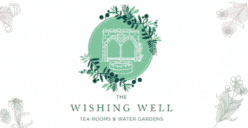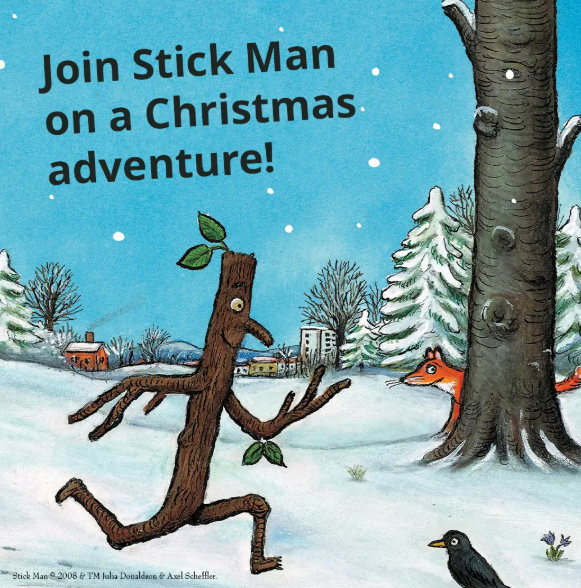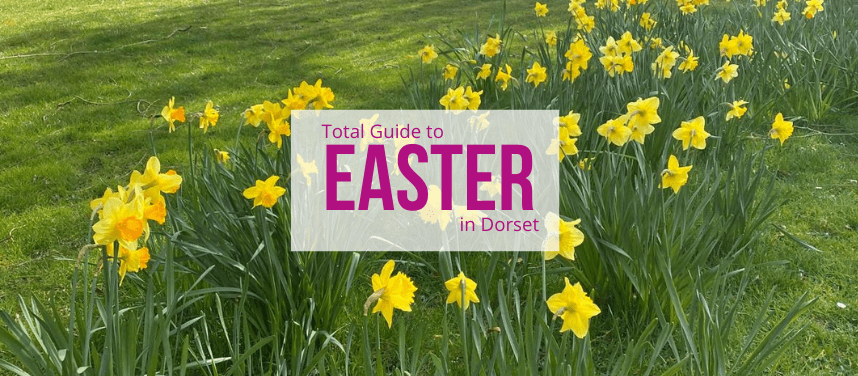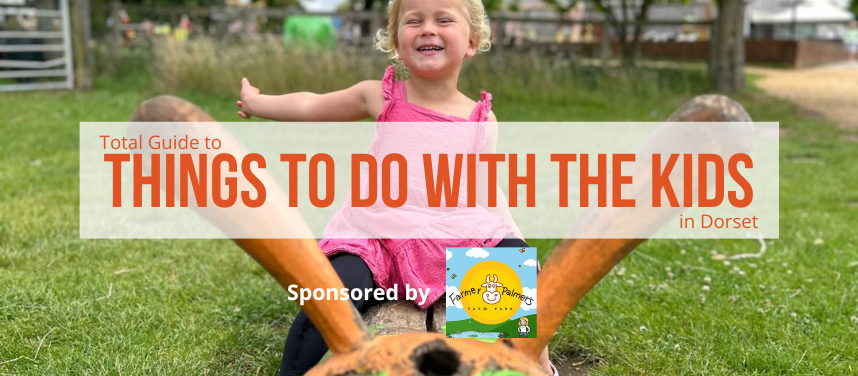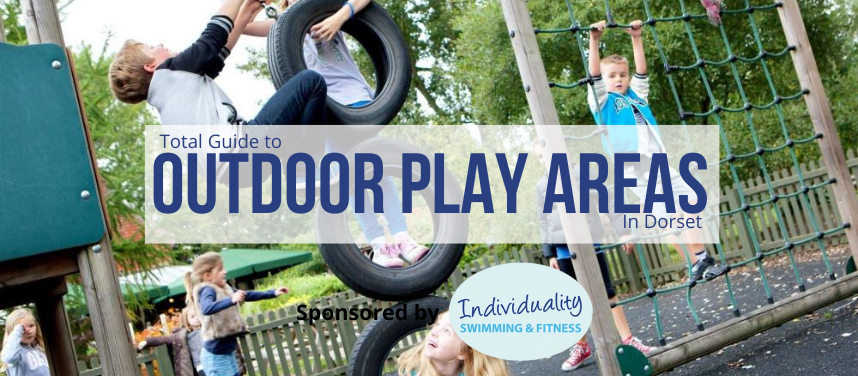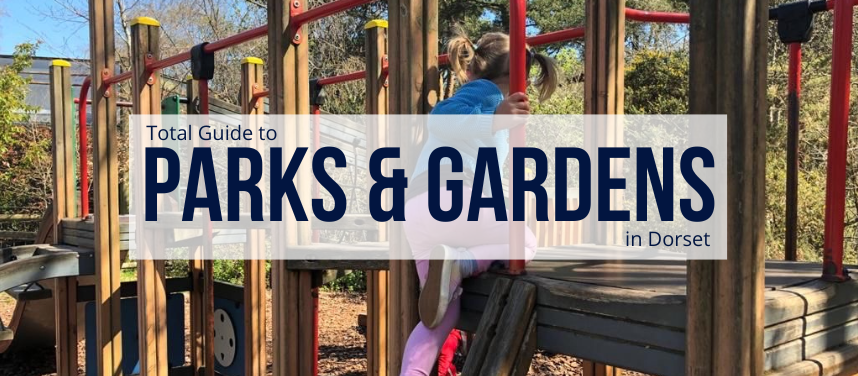In case you missed it see what’s in this section
Poole
Treasure Hunt
My four-year-old loves a treasure hunt, he doesn’t mind what he’s finding - as long as we keep hiding it, he’ll keep finding it! A fun way to get the kids more involved, and make the activity last longer, is to get them to help make the treasure. As Easter is approaching, I cut out some paper egg shapes and let my son spend some time decorating them using whatever craft materials we had to hand. Once they were suitably colourful and sparkly, he hid himself away while I secreted them around the living room/bedroom/garden for him to find. For an extra bonus point, there was a sneaky chocolate surprise with the final egg too.
Alternatively, if creating your own treasure is not your style, we also love to play Hide the Bunny (other soft toys are available!) Take it in turns to close your eyes and count to twenty, and hide a soft toy in the living room/bedroom/garden for each other to find. A great game for when Hide and Seek has been exhausted or when there are not enough spaces to hide a full-size human.
Sticky-tape Collage
This is a super fun, no mess, glue-free craft activity - hurrah! Simply find a piece of paper or card, fold it in half and cut a shape out of the centre - we’ve tried hearts, flowers, butterflies and trees so far and all have worked well.
Then unfold it and cover one side in sticky-tape, turn it over so that it is sticky side up, and taadaa you have a sticky collage surface to cover with whatever craft materials take your fancy. I’m a bit of a hoarder when it comes to craft bits, so we used sequins, buttons, bows, tissue paper, squares of coloured paper and foam shapes. The finished product can be displayed on a window for a stained glass effect, or folded back in half and posted to your nearest and dearest as a greetings card.
Simple Animal Biscuits
I love to bake and I am thrilled that my son has inherited my passion for baking and decorating. This simple recipe for shortbread uses three store cupboard ingredients, plus icing to decorate and can be adapted to suit vegan and gluten free diets.
Ingredients
- 125g butter or dairy free alternative
- 55g caster sugar
- 180g plain flour or gluten free alternative
- Plus, ready to roll icing or other decorations
Method
1. Preheat the oven to 180C/350F/Gas mark 4, and line a baking tray with greaseproof paper.
2. Cream together the butter and sugar in a bowl with a spoon or electric whisk, then add in the flour. Combine until the mixture comes together to form a dough - if it is a little dry, add a dash of milk or dairy free alternative.
3. On a floured surface, roll the dough to the thickness of a pound coin and use a round cutter to cut the dough into circles. If you don’t have a cutter, a cup or glass will work just fine.
4. Lay the shortbread circles on the baking tray and gently prick with a fork to stop any air bubbles forming while the biscuits are baking. Bake in the middle of the oven for 8-10 minutes or until the biscuits are slightly golden in colour. They may still feel soft to touch, but will harden as they cool.
5. Now for the decoration! As Easter is approaching, we made our shortbread into chicks using coloured ready to roll icing (fondant) and edible googly eyes. We coloured our own fondant using gel food colours, but it can also be bought ready coloured from most supermarkets.
6. Using the same round cutter, cut circles of yellow fondant and stick to the tops of the biscuits with a little water. Then, with a smaller round cutter, cut another circle shape then cut it in half with a knife to create wings. Add two edible eyes, then use orange fondant and a dinner knife to make triangles for the beak and feet.
Storytime
We are a family of book-lovers and spend a lot of time reading stories to the children. Recently, my son asked if we could help him write a story, which led to another simple activity to do together at home. Using sheets of paper and coloured pens and pencils, we created a story with pictures together, then tied it together with ribbon to make a ‘book’ that could be read at bedtime.
This activity can be adapted depending on the age of the child and level of input they wish to have. My four-year-old told me the story, which I then wrote down for him, and he added the pictures. Older children will be able to do the whole process themselves, whereas younger children may need the text made up for them so they can finish it off with illustrations. These also make lovely keepsakes for children’s memory boxes, gifts to send to grandparents, or things to share with siblings or friends and teachers at school or nursery.











